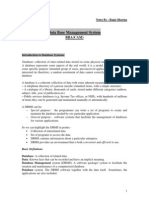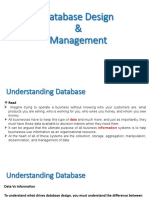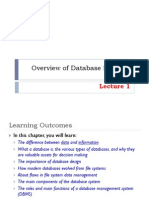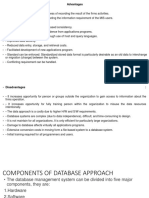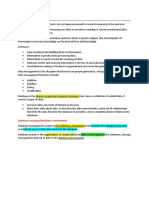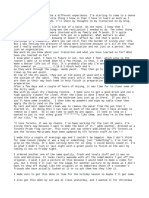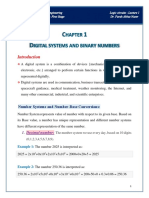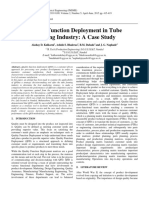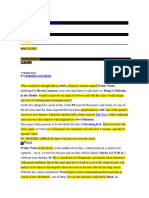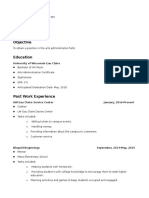0% found this document useful (0 votes)
45 views38 pagesLecture 1-Introduction
Introduction to databases
Uploaded by
Mercy ChinyukuCopyright
© © All Rights Reserved
We take content rights seriously. If you suspect this is your content, claim it here.
Available Formats
Download as PPTX, PDF, TXT or read online on Scribd
0% found this document useful (0 votes)
45 views38 pagesLecture 1-Introduction
Introduction to databases
Uploaded by
Mercy ChinyukuCopyright
© © All Rights Reserved
We take content rights seriously. If you suspect this is your content, claim it here.
Available Formats
Download as PPTX, PDF, TXT or read online on Scribd
/ 38




